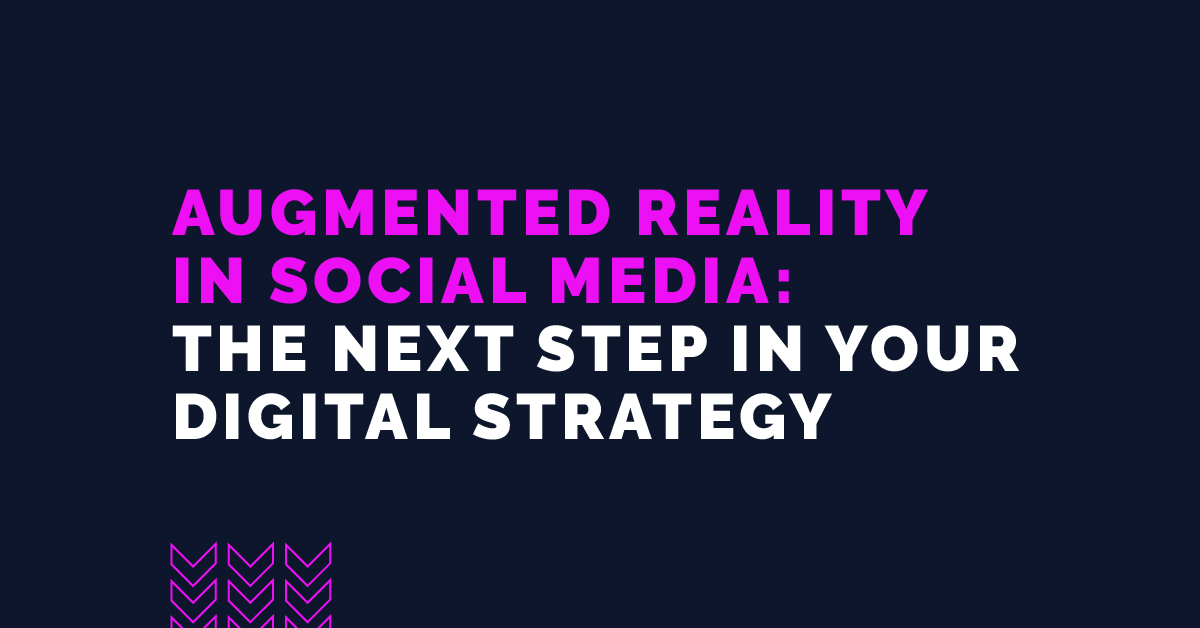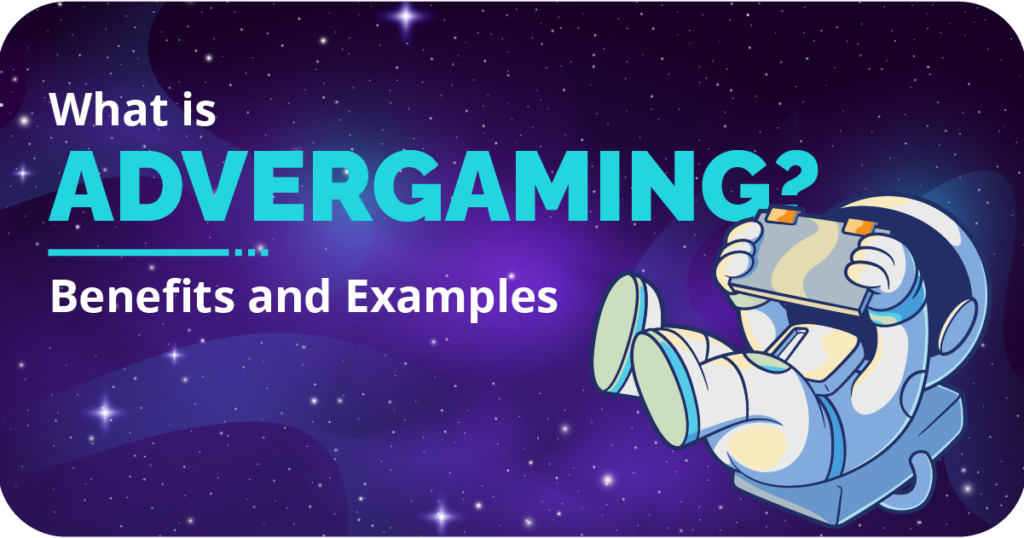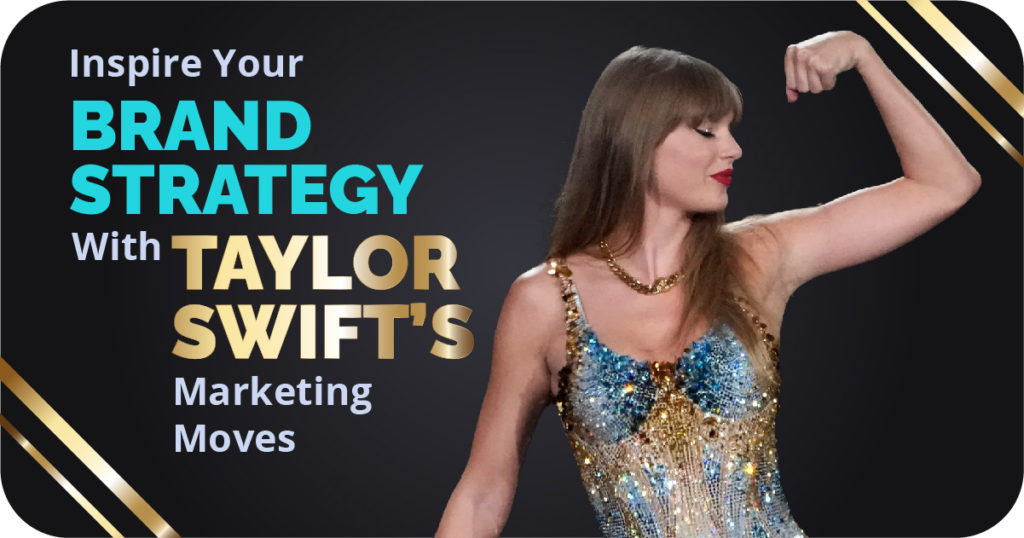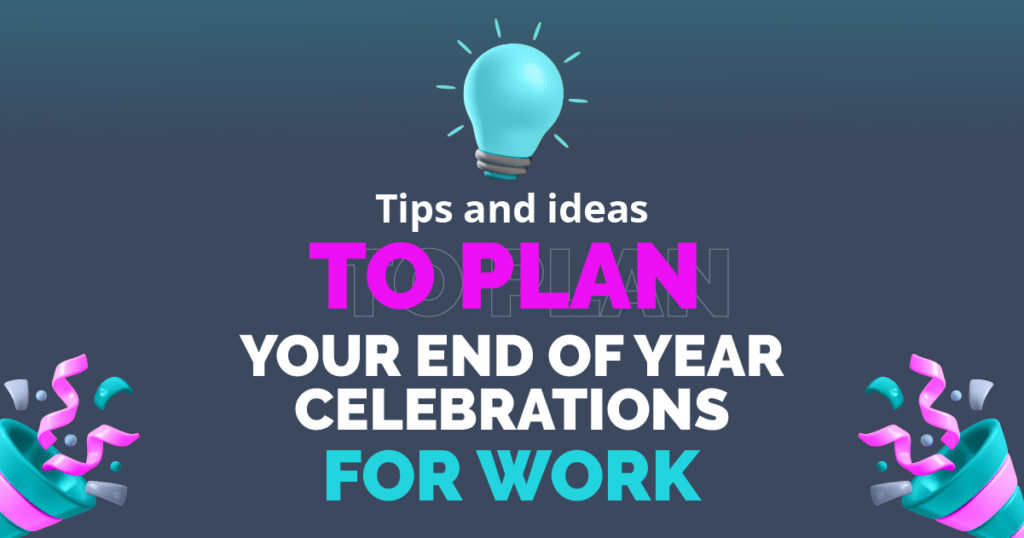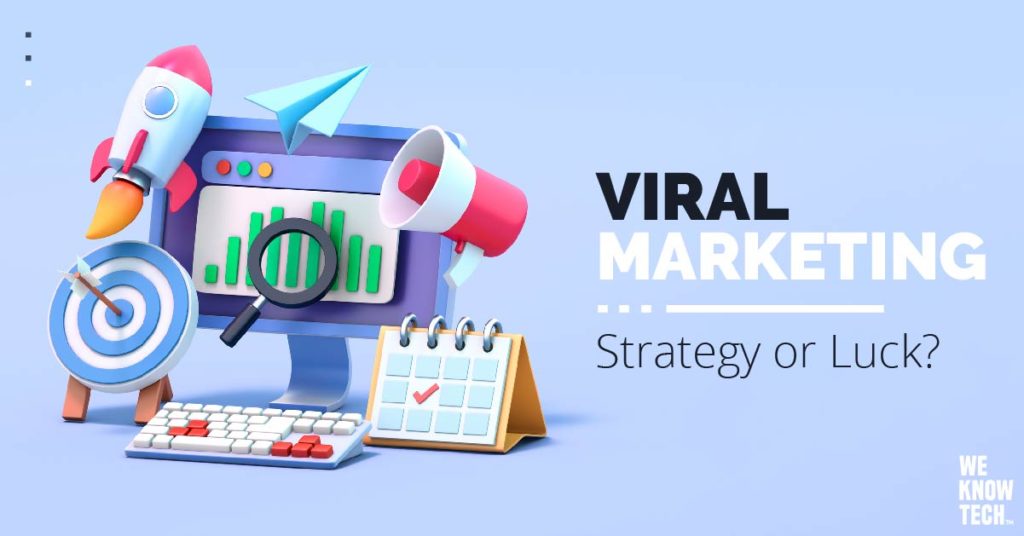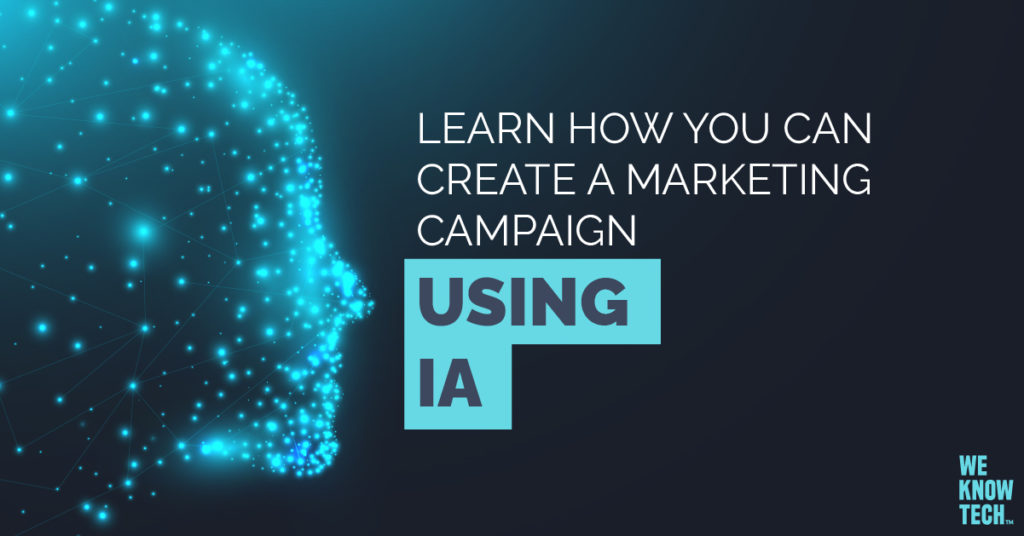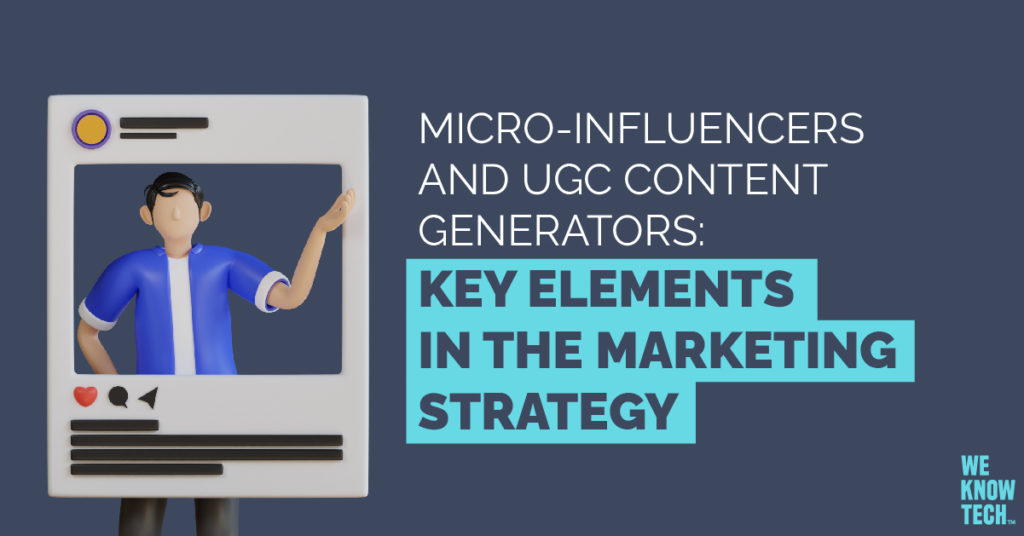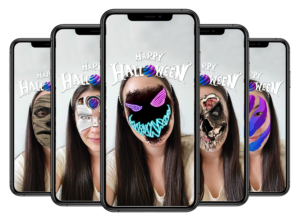Augmented Reality in social media: the next step in your digital strategy
 What is augmented reality? It is a technology resource that provides users with interactive experiences by combining a virtual component to a real physical environment with the use of digital devices. Although its origins date back to the early 20th century and its term was originally created in the early 1990s, it is now embedded in everyone’s lives and continues to progress at a fast pace.
What is augmented reality? It is a technology resource that provides users with interactive experiences by combining a virtual component to a real physical environment with the use of digital devices. Although its origins date back to the early 20th century and its term was originally created in the early 1990s, it is now embedded in everyone’s lives and continues to progress at a fast pace.
We use augmented reality on a regular basis, and it is present in our everyday lives primarily for entertainment purposes. However, companies utilize AR to improve sales, enhance product or service presentation, train employees, and even analyze statistical data. Click on this link to visit our blog, where we discuss the benefits of augmented reality, virtual reality, and extended reality in the corporate sector.
In this blog, we will examine the operations and benefits of augmented reality in social media. Before we begin, let’s look at some numbers. According to Statista, the number of social media users worldwide climbed from 1.22 billion to 3.09 billion between 2011 and 2021. According to eMarketer, in 2020, 30% of users interacted with augmented reality content on social networks monthly. In 2021, that number was predicted to grow 7.2% and reach a total of 46.9 million users. Eye-opening, right?
In 2020, 30% of users on social networks interacted with content relating to augmented reality on a monthly basis.
These statistics demonstrate how social networking through mobile devices has become a part of our everyday lives, making it an important platform for developing immersive augmented reality experiences. There was speculation that Facebook had purchased Oculus in order to become the next large social network. Although significant progress has been made in this direction – remember the last push of Metaverse: Horizon Worlds – there are already communities, applications, and social events for virtual reality, with which augmented reality is without a doubt the number one technology for immersive social interaction.
The most significant advantage it provides in social networks is its distribution, which is far simpler and more widespread than virtual reality. It is compatible with a large number of smartphones on the market. The Snapchat filters, which have over 300 million active users, and Instagram filters, which have 1.4 billion active users, are the most visible evidence of its value.
As a result of the abovementioned, we can conclude that companies from all sectors, both B2C and B2B, have enormous potential to promote their products and services on social networks and platforms that utilize augmented reality.
Augmented Reality might serve as Facebook’s point of entry into the Metaverse.
So let’s take a look at the 5 benefits of using this awesome immersive social media technology in your next social media marketing strategy:
- Enhances the user’s experience
Augmented reality merges the virtual and real worlds, dramatically increasing user experience and, as a result, improving consumer satisfaction with a product or service.
- Keeps the audience’s attention for a longer time.
According to The Drum, augmented reality can keep consumers’ attention for up to 85 seconds. Additionally, you may enhance your purchase click-through rate by 33% and your engagement rate by 20%. This suggests that, regardless of the quality of the campaign, Internet users are likely to pay attention to and engage with augmented reality experiences.
- It helps generate buzz around the brand.
Augmented reality may be utilized to increase indirect sales and boost brand awareness. It contains playful, innovative, and surprising features that, when well executed, may create a pleasant atmosphere around the brand, product, or company itself. A well-designed augmented reality brand experience might just get people talking about a brand and associate it with positive emotions like joy and excitement.
- Encourage engagement.
Increase brand engagement by providing consumers with new, immersive experiences that hold their interest longer than a static image or text. Additionally, augmented reality allows for interaction with products and advertisements at various stages of the consumer experience. It may be used at the pre-sale, point-of-sale, and post-sale phases. It may also be utilized in gamification and branding applications to engage consumers.
- Drive the Playable Ads model
Instead of promoting a conventional advertisement, brands can have their customers participate in a game centered around a product for a certain period of time. Consumers would be able to touch and rotate objects while an indirect promotional message is communicated and no specific purchase action is pushed. On the contrary: augmented reality aims to provide a preview of the product or service so that the potential customer may use the experience to learn about their qualities.
Types of Augmented Reality
AR based on projection
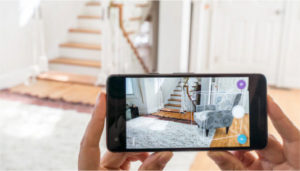
AR based on recognition

AR based on location
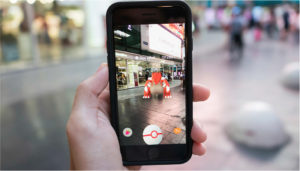
AR based on superposition
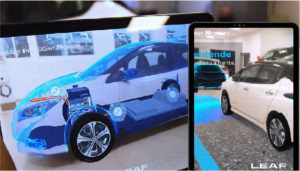
AR based on schemes

Conclusion: It is clear that augmented reality is here to stay on social media. Its ongoing growth and competition among the various platforms that develop it have meant that consumers and businesses alike benefit from it.
And, as a Digital Marketing and Communication agency committed to the development of immersive experiences, Isource Marketing has created a variety of Instagram and Snapchat filters as well as experiences. Here are two that we really like:
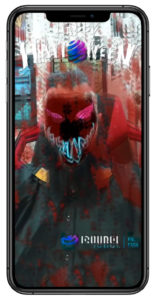
HalloSource is a frightening filter that we created for Halloween 2021. It is a fun experience in which the user may choose their preferred mask and give a great terrifying scream with it.
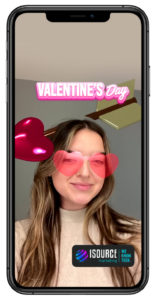
Valentine’s Day is rocking! Long live love! Also, long live rock! To celebrate Valentine’s Day, we put on a rock performance using this filter.
Are you ready to explore the world of augmented reality? At Isource Marketing, we have experts in the development of apps for different viewers and platforms, not just for augmented reality, but also for virtual and extended reality. Contact us at https://isource.agency/#contact!

